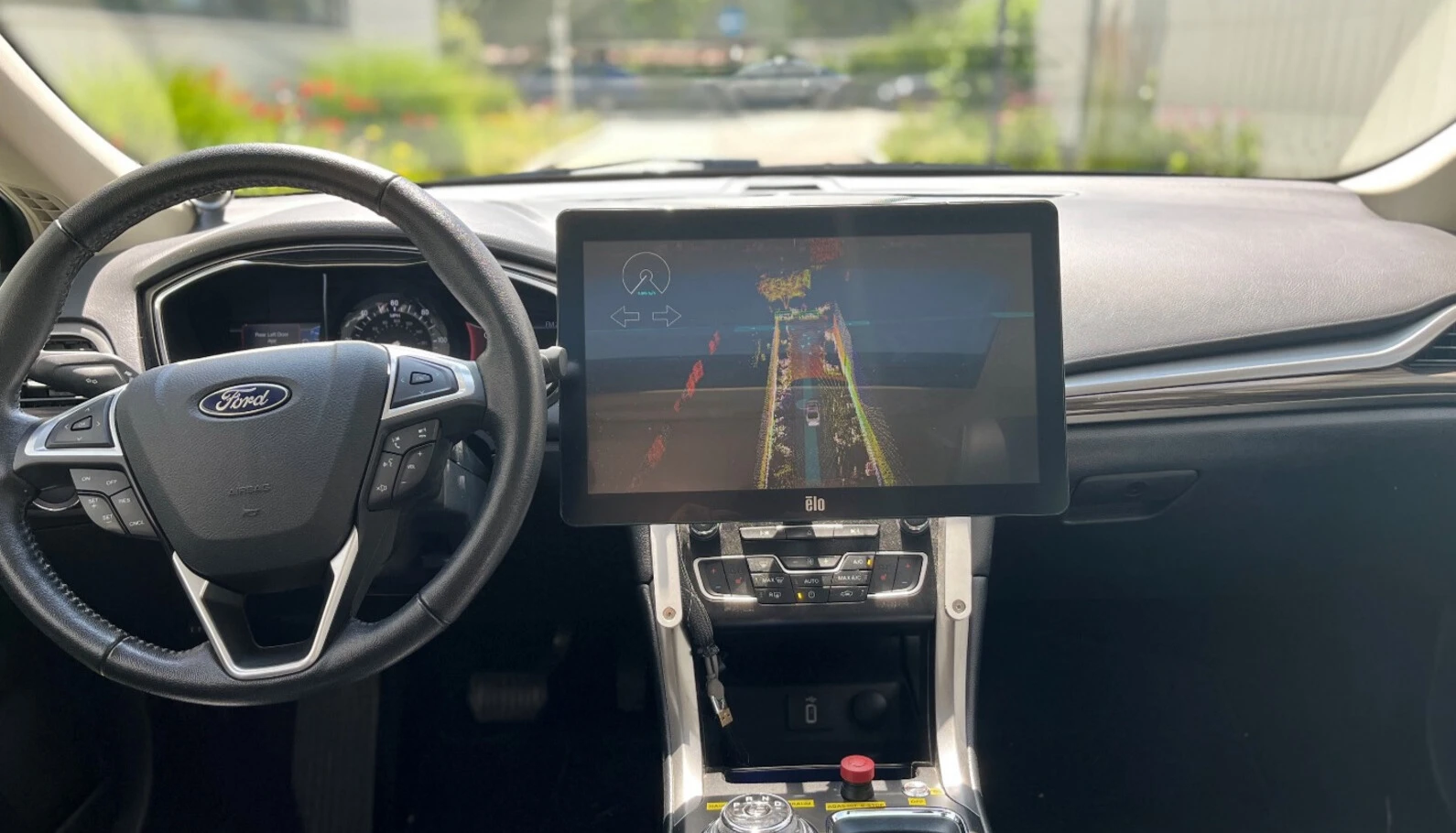HYPER-AI Solution
The HYPER-AI platform offers an innovative solution by enabling the computing power of a highly automated and connected demonstrator vehicle to be shared as a service during its downtime. By leveraging the car’s safe and secure cloud connections, advanced middleware for application isolation and hardware independence, and performant edge computing hardware, HYPER-AI will allow otherwise idle computing power to be used for various computational tasks. This will involve executing computation jobs encapsulated in docker-like containers or over ROS-bridges, on the vehicle’s primary computing hardware. The solution will include robust data security and privacy measures to protect sensitive vehicle data and ensure that the primary functions of the vehicle are not compromised.
To address compatibility, the platform will employ standard development operations (DevOps) as well as continuous integration and continuous development (CI/CD) practices, ensuring interoperability and ease of integration across different vehicle models and manufacturers. Deployment strategies will consider variations in network connectivity and the availability of computing power.





